Audi 2011 Annual Report Download - page 176
Download and view the complete annual report
Please find page 176 of the 2011 Audi annual report below. You can navigate through the pages in the report by either clicking on the pages listed below, or by using the keyword search tool below to find specific information within the annual report.-
 1
1 -
 2
2 -
 3
3 -
 4
4 -
 5
5 -
 6
6 -
 7
7 -
 8
8 -
 9
9 -
 10
10 -
 11
11 -
 12
12 -
 13
13 -
 14
14 -
 15
15 -
 16
16 -
 17
17 -
 18
18 -
 19
19 -
 20
20 -
 21
21 -
 22
22 -
 23
23 -
 24
24 -
 25
25 -
 26
26 -
 27
27 -
 28
28 -
 29
29 -
 30
30 -
 31
31 -
 32
32 -
 33
33 -
 34
34 -
 35
35 -
 36
36 -
 37
37 -
 38
38 -
 39
39 -
 40
40 -
 41
41 -
 42
42 -
 43
43 -
 44
44 -
 45
45 -
 46
46 -
 47
47 -
 48
48 -
 49
49 -
 50
50 -
 51
51 -
 52
52 -
 53
53 -
 54
54 -
 55
55 -
 56
56 -
 57
57 -
 58
58 -
 59
59 -
 60
60 -
 61
61 -
 62
62 -
 63
63 -
 64
64 -
 65
65 -
 66
66 -
 67
67 -
 68
68 -
 69
69 -
 70
70 -
 71
71 -
 72
72 -
 73
73 -
 74
74 -
 75
75 -
 76
76 -
 77
77 -
 78
78 -
 79
79 -
 80
80 -
 81
81 -
 82
82 -
 83
83 -
 84
84 -
 85
85 -
 86
86 -
 87
87 -
 88
88 -
 89
89 -
 90
90 -
 91
91 -
 92
92 -
 93
93 -
 94
94 -
 95
95 -
 96
96 -
 97
97 -
 98
98 -
 99
99 -
 100
100 -
 101
101 -
 102
102 -
 103
103 -
 104
104 -
 105
105 -
 106
106 -
 107
107 -
 108
108 -
 109
109 -
 110
110 -
 111
111 -
 112
112 -
 113
113 -
 114
114 -
 115
115 -
 116
116 -
 117
117 -
 118
118 -
 119
119 -
 120
120 -
 121
121 -
 122
122 -
 123
123 -
 124
124 -
 125
125 -
 126
126 -
 127
127 -
 128
128 -
 129
129 -
 130
130 -
 131
131 -
 132
132 -
 133
133 -
 134
134 -
 135
135 -
 136
136 -
 137
137 -
 138
138 -
 139
139 -
 140
140 -
 141
141 -
 142
142 -
 143
143 -
 144
144 -
 145
145 -
 146
146 -
 147
147 -
 148
148 -
 149
149 -
 150
150 -
 151
151 -
 152
152 -
 153
153 -
 154
154 -
 155
155 -
 156
156 -
 157
157 -
 158
158 -
 159
159 -
 160
160 -
 161
161 -
 162
162 -
 163
163 -
 164
164 -
 165
165 -
 166
166 -
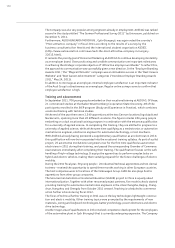 167
167 -
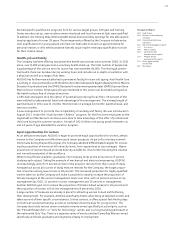 168
168 -
 169
169 -
 170
170 -
 171
171 -
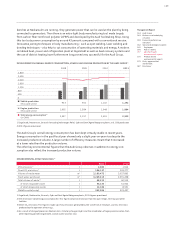 172
172 -
 173
173 -
 174
174 -
 175
175 -
 176
176 -
 177
177 -
 178
178 -
 179
179 -
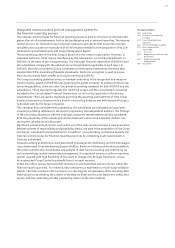 180
180 -
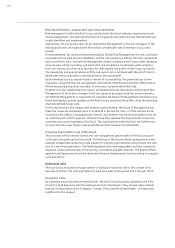 181
181 -
 182
182 -
 183
183 -
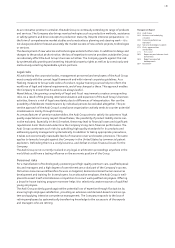 184
184 -
 185
185 -
 186
186 -
 187
187 -
 188
188 -
 189
189 -
 190
190 -
 191
191 -
 192
192 -
 193
193 -
 194
194 -
 195
195 -
 196
196 -
 197
197 -
 198
198 -
 199
199 -
 200
200 -
 201
201 -
 202
202 -
 203
203 -
 204
204 -
 205
205 -
 206
206 -
 207
207 -
 208
208 -
 209
209 -
 210
210 -
 211
211 -
 212
212 -
 213
213 -
 214
214 -
 215
215 -
 216
216 -
 217
217 -
 218
218 -
 219
219 -
 220
220 -
 221
221 -
 222
222 -
 223
223 -
 224
224 -
 225
225 -
 226
226 -
 227
227 -
 228
228 -
 229
229 -
 230
230 -
 231
231 -
 232
232 -
 233
233 -
 234
234 -
 235
235 -
 236
236 -
 237
237 -
 238
238 -
 239
239 -
 240
240 -
 241
241 -
 242
242 -
 243
243 -
 244
244 -
 245
245 -
 246
246 -
 247
247 -
 248
248 -
 249
249 -
 250
250 -
 251
251 -
 252
252 -
 253
253 -
 254
254 -
 255
255 -
 256
256 -
 257
257 -
 258
258 -
 259
259 -
 260
260 -
 261
261 -
 262
262 -
 263
263 -
 264
264 -
 265
265 -
 266
266 -
 267
267 -
 268
268 -
 269
269 -
 270
270 -
 271
271
 |
 |
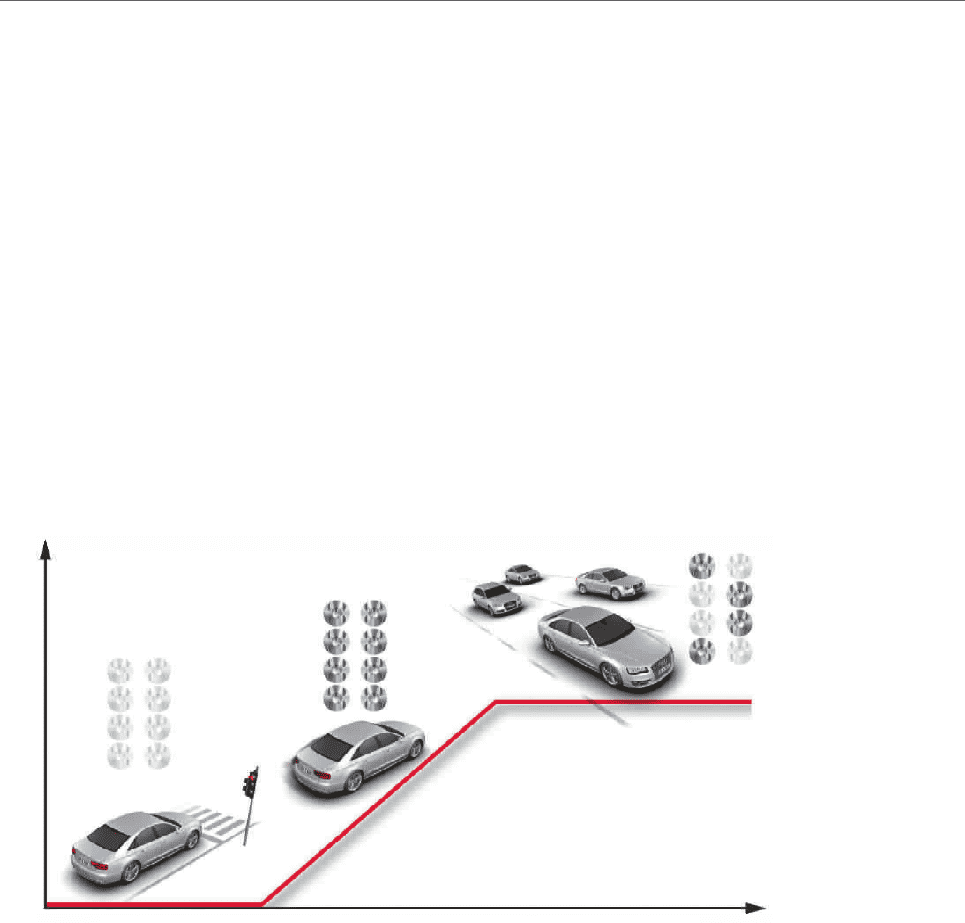
173
Management Report
134 Audi Group
143 Business and underlying
situation
159 Financial performance
indicators
162 Social and ecological aspects
162 Employees
166 Audi in society
167 Location-based
environmental aspects
170 Product-based
environmental aspects
175 Risks, opportunities
and outlook
187 Disclaimer
The “efficiency” mode of the Audi drive select driving dynamics system first appeared on the
successor generation of the Audi A6 in 2011, alongside the existing options “comfort,” “auto”
and “dynamic.” The new driving mode promotes an enhanced-efficiency form of operation that
brings together the individual vehicle systems such as engine, transmission, suspension and air
conditioning. The net effect is an efficiency gain of up to 10 percent.
Cylinder on demand
Cylinder on demand technology in the new 4.0 TFSI engine also helps to deliver further efficiency
gains. At part loads, the high-performance eight-cylinder engine deactivates four of its cylinders.
This makes the remaining cylinders operate with improved efficiency, boosting fuel economy.
Above all thanks to cylinder management, the fuel efficiency of the new Audi S6 has been im-
proved by around 25 percent compared with the previous model. The transition between the two
modes goes unnoticed by the customer. For example, active noise control (ANC) detects noise
interference inside the car by means of microphones built into the headlining and generates an
equivalent noise via the sound system to cancel it out. In addition, active engine mounts reduce
potential vibration to an imperceptible level by means of out-of-phase counter-oscillations.
The new 4.0 TFSI engine with cylinder on demand will appear in the S6, S6 Avant, S7 Sportback
and S8 models available from summer 2012.
CYLINDER ON DEMAND TECHNOLOGY IN THE NEW AUDI S8
Stop at traffic lights Constant-speed drivingAcceleration
Speed
Innovative thermal management
A cold start at low temperatures entails significant efficiency losses because more energy input
is needed to circulate the cold, highly viscous oil in the engine, differential and transmission.
Another technology added to the modular efficiency platform in the past fiscal year is an advanced
form of innovative thermal management, which shortens the warming-up phase when there is
increased internal friction, thus improving fuel efficiency and reducing CO₂ emissions.
It achieves this by distributing the heat flows between the engine, transmission and interior intel-
ligently so that the drive assemblies reach their operating temperature sooner after a cold start.
